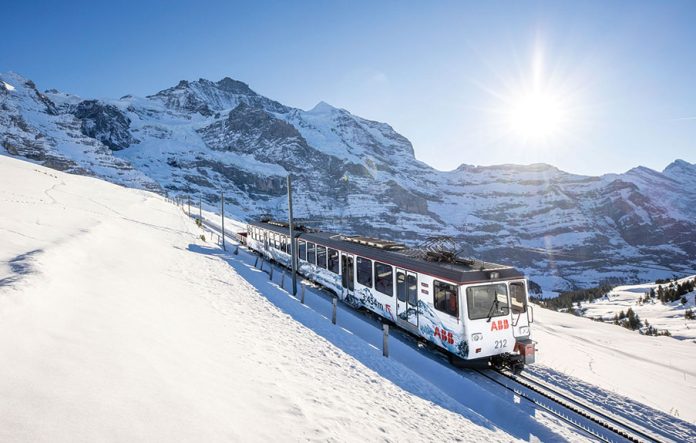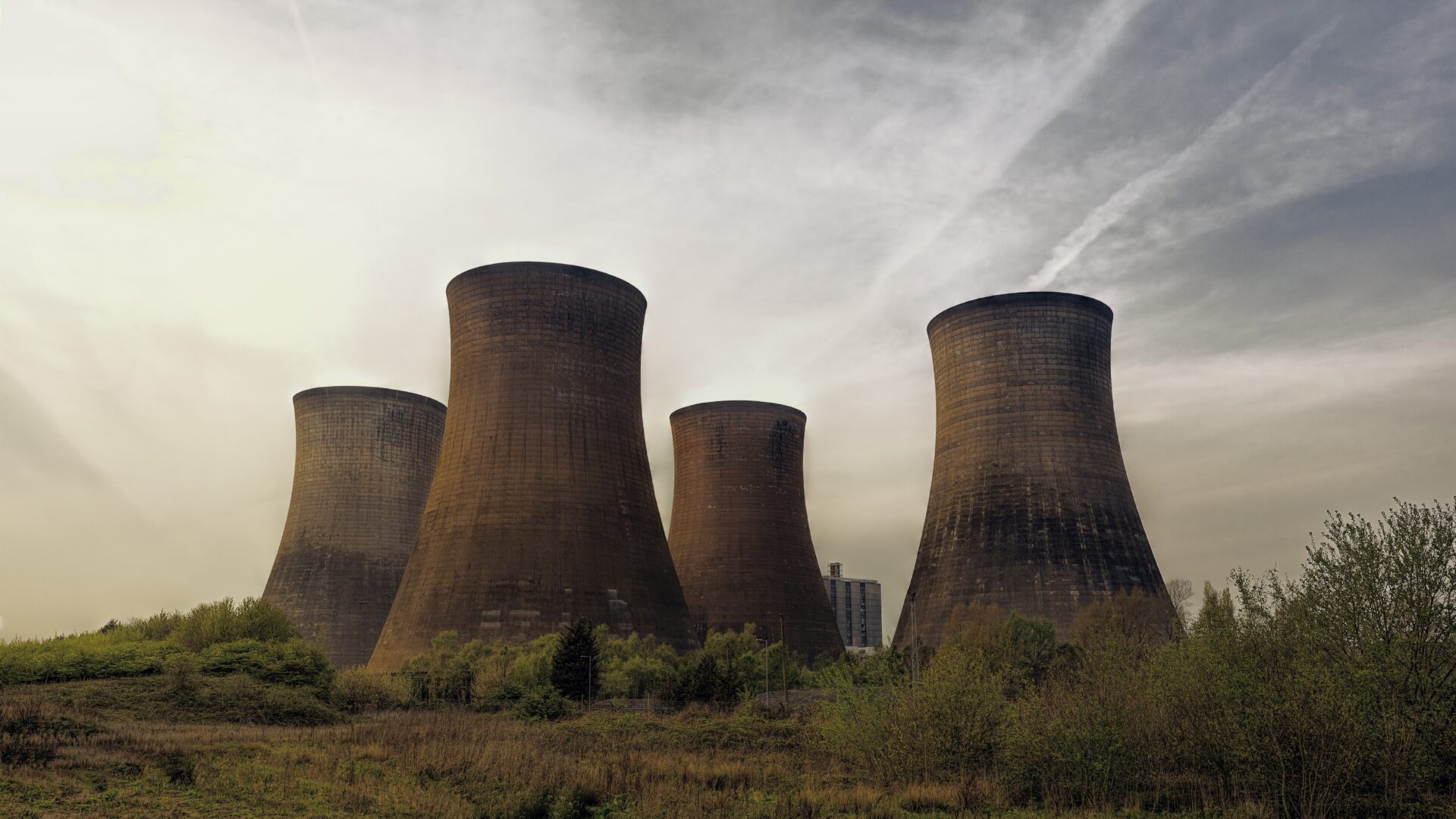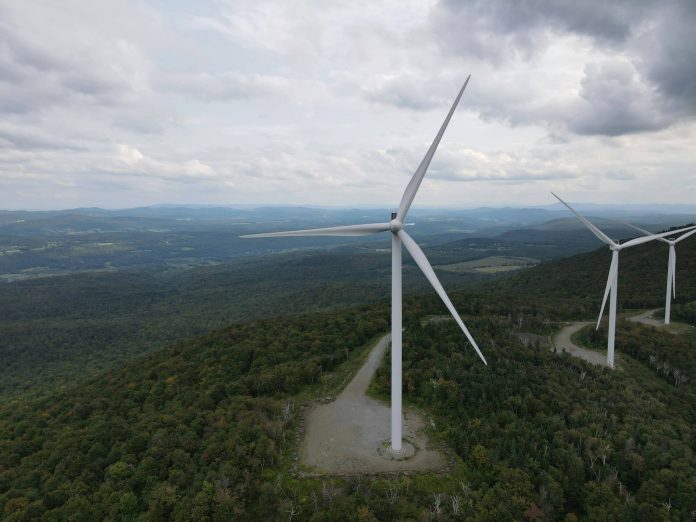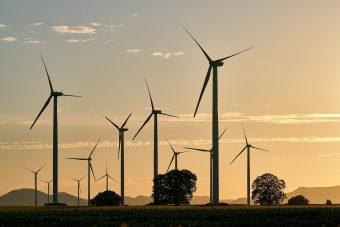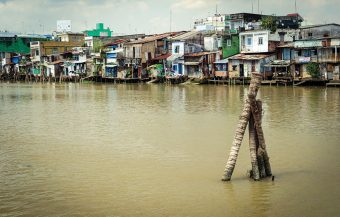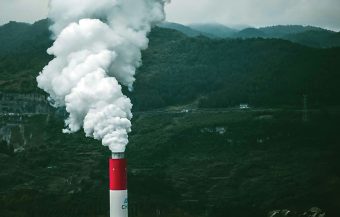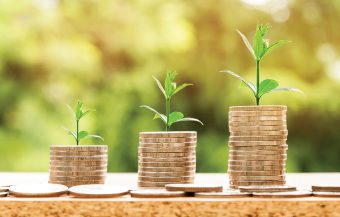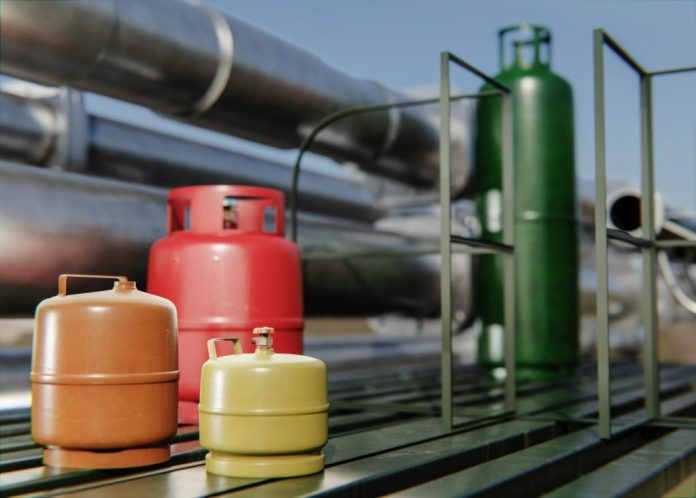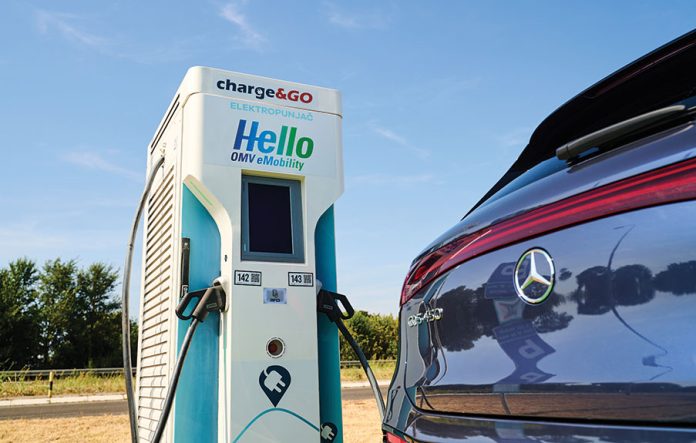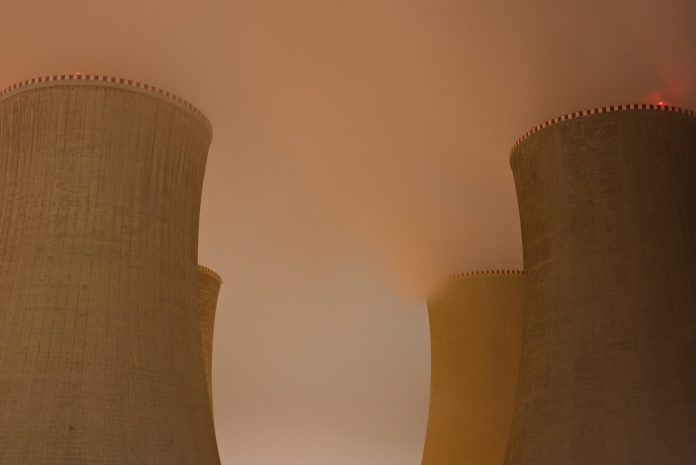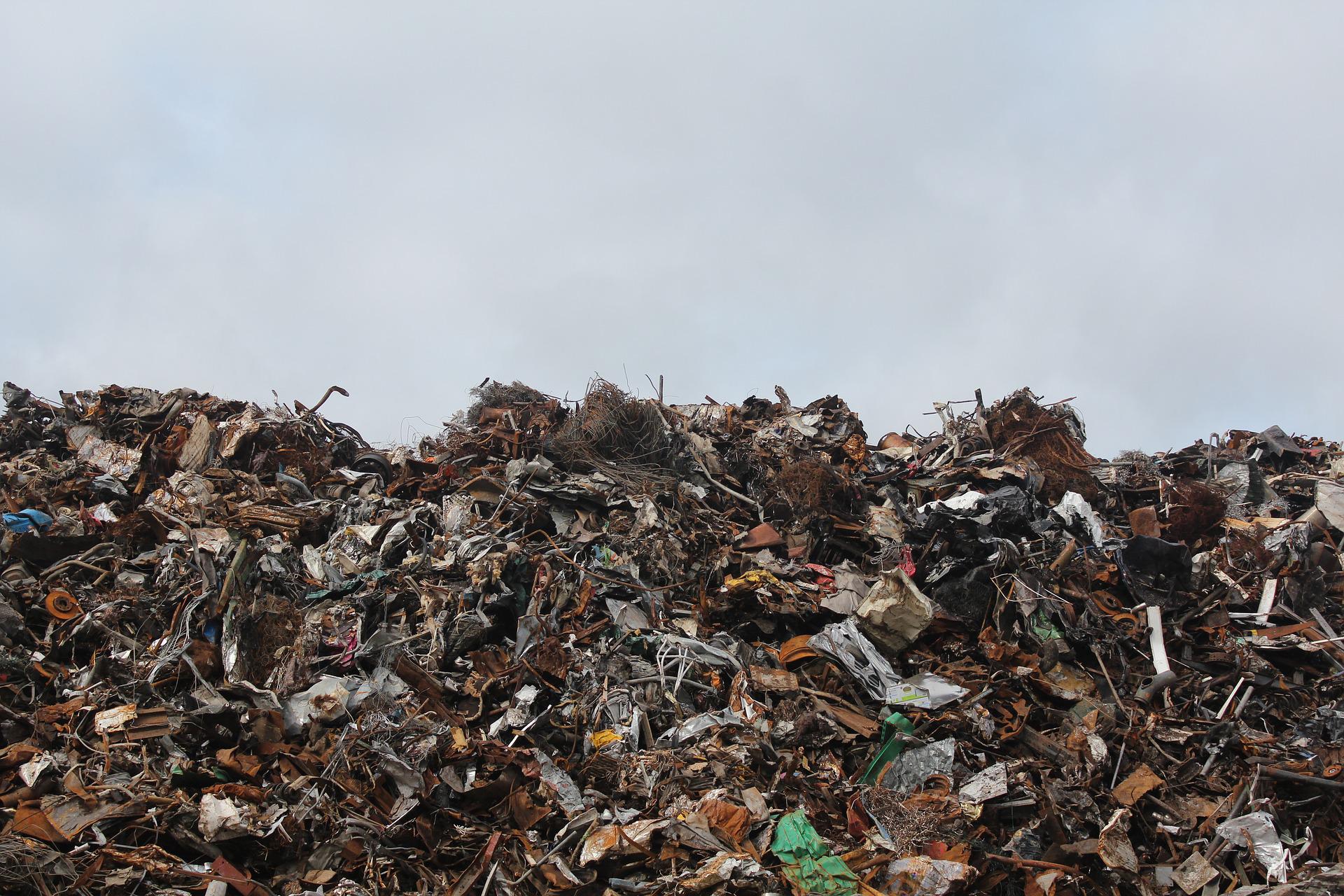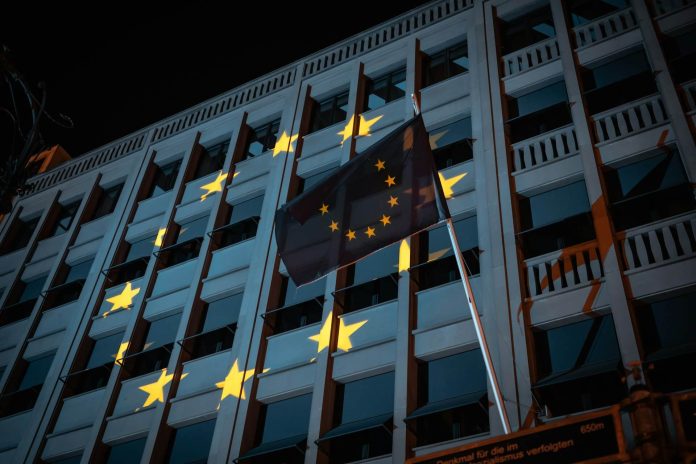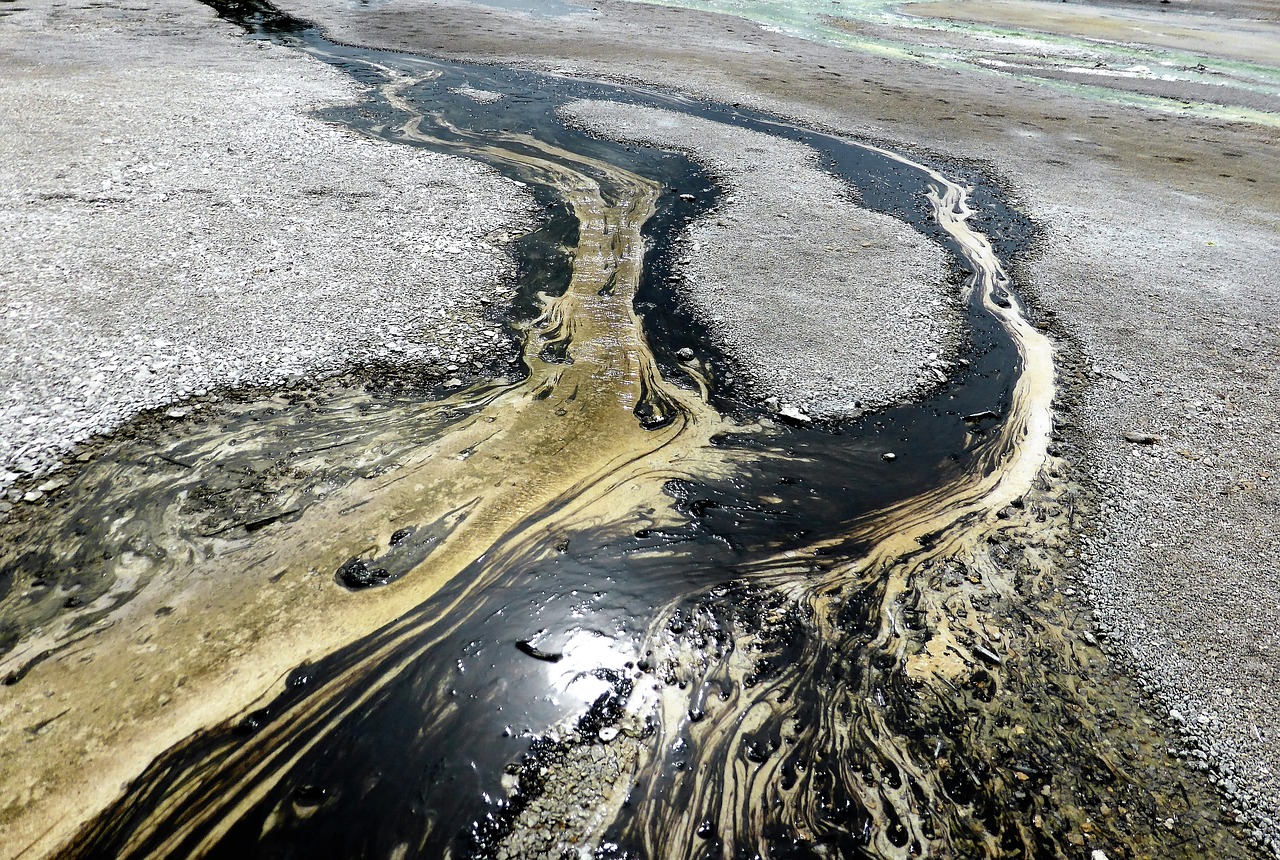
In a world where business success often conflicts with ecological challenges, ABB provides an inspiring example of how responsible business practices can go hand in hand with environmental preservation. Through innovative solutions, ABB has combined sustainability with the latest technological achievements, enabling industries, the energy sector, and transportation to reduce emissions and improve energy efficiency drastically.
We discussed the objectives and strategies that justify ABB’s status as a leader in energy efficiency with Sandra Vidal, Lead Sustainability Manager, ABB Motion Southern Europe, and Milan Jevremović, Local Business Manager at ABB Motion, Serbia.
Q: Can you explain ABB’s commitment to the circular economy in more detail? What steps are you taking to enhance product longevity, recyclability, and efficient resource usage?
Sandra Vidal: ABB’s sustainability agenda fully aligns with the company’s mission. We focus on three pillars: enabling a low-carbon society, conserving resources, and advancing social progress, reduce waste, protect water and biodiversity, and use land responsibly. Regarding the circular economy pillar, our goal is reduce waste, protect water and biodiversity, and use land responsibly. To achieve this, we strive to incorporate circularity principles across all product lifecycle stages, from design and procurement to production, use, and responsible end-of-life management. ABB aims to ensure that at least 80 percent of our product and solution portfolio adheres to circularity principles and to eliminate landfill waste wherever possible between 2020 and 2030. Additionally, we support our clients in improving their circular economy practices through technologies such as retrofitting services, take-back and recycling programs, and ABB’s product and solution portfolio.
IN FOCUS:
- Recycling as the Key to Sustainable Development
- The Path to Sustainability and Environmental Responsibility
- CBAM – Challenges and Opportunities for Exporters and Transition to Clean Energy
Q: ABB assists clients in reducing carbon dioxide emissions and is dedicated to lowering its emissions through Science Based Targets (SBTi). Could you briefly explain this initiative and how ABB aligns its operations with its principles?
Sandra Vidal: Enabling a low-carbon society is the first pillar of ABB’s sustainability agenda, reflecting our commitment to achieving net-zero emissions by 2050 and partnering with clients to avoid emissions. To this end, we set stringent net-zero targets aligned with the Science Based Targets initiative (SBTi). International recognition and validation of our goals lend credibility, underscoring our dedication to climate action and our role in addressing urgent challenges climate change poses. As science evolves, SBTi will adapt, and we will continue collaborating with the scientific community to ensure our targets are impactful and relevant.
Q: How much have your clients managed to reduce or avoid carbon dioxide emissions thanks to ABB technologies? Could you share examples from the region?
Milan Jevremović: Our clients must consistently maintain high-performance levels while meeting demanding market goals. They must be more productive, efficient, and sustainable. And now, I must say, they need to be ‘leaner and cleaner’ —and we are here to help them achieve that. ABB has actively participated in numerous local activities and projects across various sectors, particularly in Southern Europe. Let me highlight a few examples: We have collaborated with a leading energy company in Sweden to avoid approximately 100,000 tons of carbon dioxide emissions annually by implementing ABB’s smart grid solutions and renewable energy integration systems. In Serbia, we have been involved in several projects in the energy sector. One significant example is the Bajina Bašta Hydropower Plant. Installing a static freQuency converter has enhanced the efficiency of RHE Bajina Bašta in multiple aspects. In the construction sector, I would highlight smart home systems implemented in a new residential complex in Novi Dorćol. In the data center sector, the Data Center in Kragujevac serves as an excellent example of how ABB smart power solutions significantly improved efficiency and contributed to the overall performance of the data center.
From the region, a recent example from Hungary stands out: we delivered our high-efficiency IE5 synchronous reluctance motors and drive packages to modernize pump applications for the GlaxoSmithKline vaccine plant. This modernization significantly improved energy efficiency, with the investment expected to pay off in just two years. In Bulgaria, we carried out a significant project at a factory Aurubis where we had a three-year agreement to enhance the energy efficiency of the entire plant. This involved over 800 high-efficiency motors and drives, enabling the metal factory to operate more efficiently. Looking ahead, our plans include expanding efforts in green hydrogen production. These initiatives reflect ABB’s commitment to innovation and demonstrate our determination to meet current environmental standards while setting new benchmarks to ensure a greener future.
Interview by Milena Maglovski
The inteview was published in the Energy portal Magazine RESPONSIBLE BUSINESS


